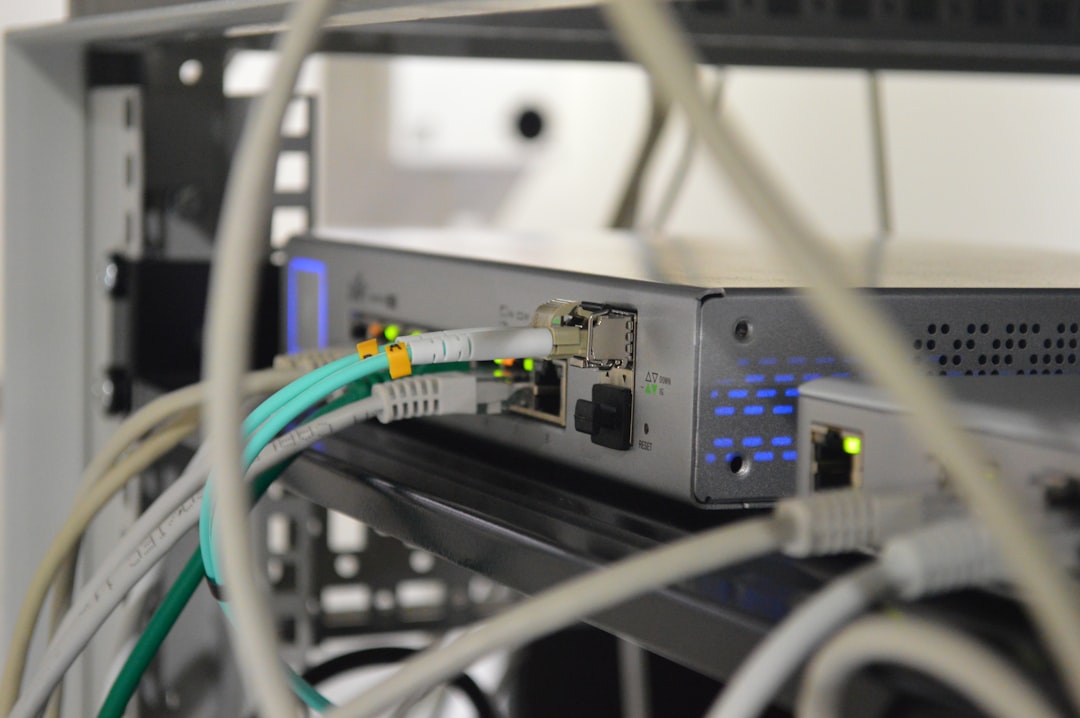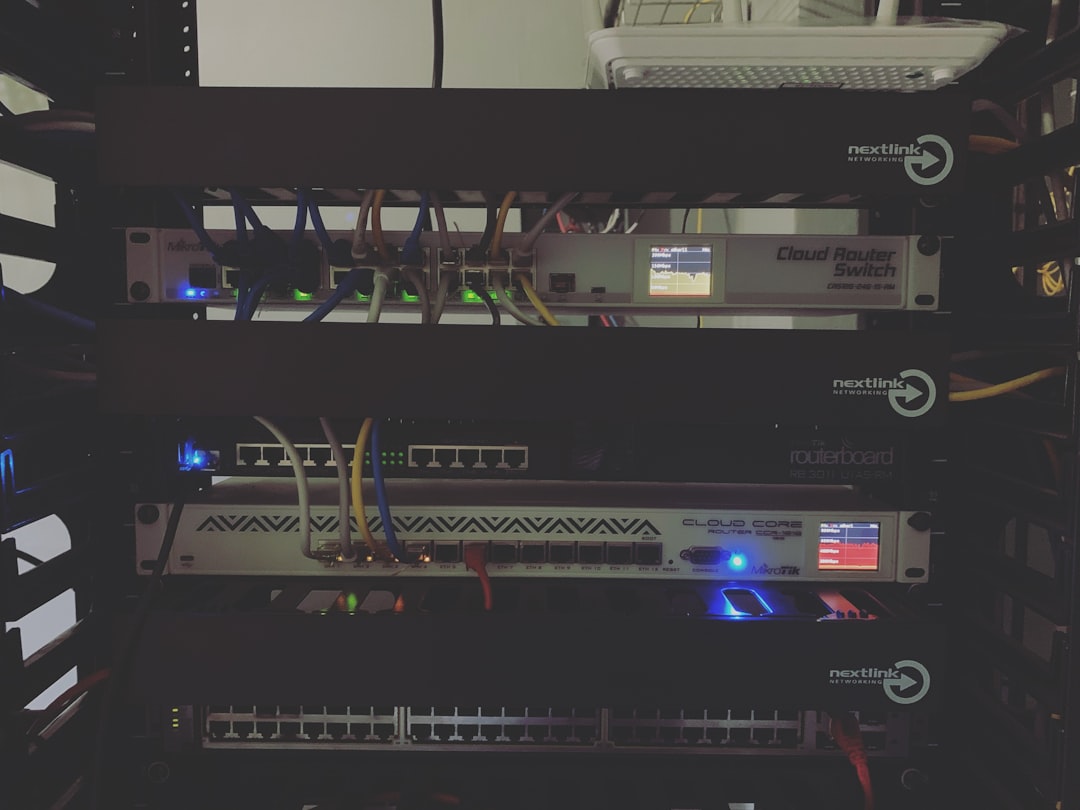Managing a network might sound like rocket science. But don’t worry! Today, we’re going to explore SNMP. Specifically, we’ll compare SNMP Bulk and SNMP Get. It will all make sense soon – and we’ll throw in a bit of fun too!
First, What is SNMP?
SNMP stands for Simple Network Management Protocol. It’s a way for systems to talk to each other in a network. It helps you monitor and manage devices like routers, switches, printers, and more.
Think of SNMP as a waiter at a big restaurant. The customer (that’s your management system) can ask for information, and the waiter (the SNMP agent) brings it back from the kitchen (the device).
SNMP Get: The Classic Request
Let’s start with SNMP Get. It’s the original way to ask for information from a device.
Here’s how it works:
- You send a request for one or more pieces of data.
- The device responds with each piece, one by one.
It’s simple and straight to the point. Need the status of a switch port? Use an SNMP Get. Want to know how much memory your router is using? Use an SNMP Get.
But there’s a catch…
As your network grows, you need to get more data. Doing lots of SNMP Get requests one after another can slow things down. That’s where SNMP Bulk comes in.
SNMP Bulk: The Super-Scooper
Imagine you walk into an ice cream shop and get one scoop at a time. That’s SNMP Get.
Now imagine getting 10 scoops in one go. That’s SNMP Bulk.
SNMP Bulk lets you ask for a bunch of data in one request. It was introduced in SNMPv2.
Here’s how it helps:
- Fewer requests = faster results
- Less network traffic
- Helps when walking through tables (like interface lists)

Let’s say you need to get details for 100 network interfaces. With SNMP Get, that’s 100 requests. With SNMP Bulk, you can do it in just a few!
Key Differences Between SNMP Get and SNMP Bulk
Let’s break it down in a quick, easy table:
| Feature | SNMP Get | SNMP Bulk |
|---|---|---|
| Introduced In | SNMPv1 | SNMPv2 |
| Data Request Type | Single or limited | Multiple rows |
| Best For | Quick, specific queries | Large table walks |
| Speed | Slower for big jobs | Faster and more efficient |
| Complexity | Simple | A bit more advanced |
When Should You Use SNMP Get?
SNMP Get is great when:
- You need just a few values
- You’re checking the status of specific devices
- You want fast answers and minimal setup
- You’re using older SNMP versions or simpler tools
Example:
You want to check the CPU usage of a router. One request, one answer. Simple, smooth, done!
When Should You Use SNMP Bulk?
SNMP Bulk shines when:
- You’re collecting lots of data
- You need to walk through MIB tables
- You want to reduce network traffic
- You are using SNMPv2 or SNMPv3
Example:
You want all interface statistics from ten switches. That’s hundreds of values. SNMP Bulk gets it done in just a few requests.
2025 Update: Why This Matters More Than Ever
In 2025, networks are more complex than ever. With IoT devices, cloud networks, and hybrid setups, getting data fast is key.
That’s why SNMP Bulk is getting more love. It reduces the “chatter” between your monitoring system and the devices. This saves both time and bandwidth.

But SNMP Get hasn’t gone away. It still works well for quick checks and small systems.
What About Security?
SNMPv1 and v2c are not very secure. SNMPv3 adds encryption and strong authentication. Both SNMP Get and Bulk are more secure under SNMPv3.
So if security is a concern (and in 2025, it definitely is), make sure you’re using SNMPv3.
Can You Use Both?
Yes – and many systems do!
Most monitoring tools like PRTG, Zabbix, and SolarWinds use whichever method fits best. You can even customize the behavior in some tools.
Quick Comparison Checklist
Here’s a quick yes/no guide:
| Scenario | Use SNMP Get? | Use SNMP Bulk? |
|---|---|---|
| Check the CPU load of one router | ✅ | ❌ |
| Get all interfaces across five switches | ❌ | ✅ |
| Using SNMPv1 only | ✅ | ❌ |
| Using SNMPv3 with security and performance | ✅ | ✅ |
Pro Tips for 2025
- Always go with SNMPv3 when possible – it’s secure and supports Bulk
- Start simple with SNMP Get, then scale up to SNMP Bulk
- Use tools that smartly switch between Get and Bulk
- Keep an eye on bandwidth usage in large networks
- Monitor consistently – don’t just check when something breaks!
Final Thoughts
So, who wins – SNMP Get or SNMP Bulk?
Both!
They’re like peanut butter and jelly. Each has its role. Together, they help keep our crazy 2025 networks running smooth and efficient.
Just remember:
- SNMP Get is your go-to for quick, direct questions.
- SNMP Bulk is your superhero when you need loads of info, fast.
With the right tool and the right approach, network management doesn’t have to be a headache. It can actually be… kind of fun!



